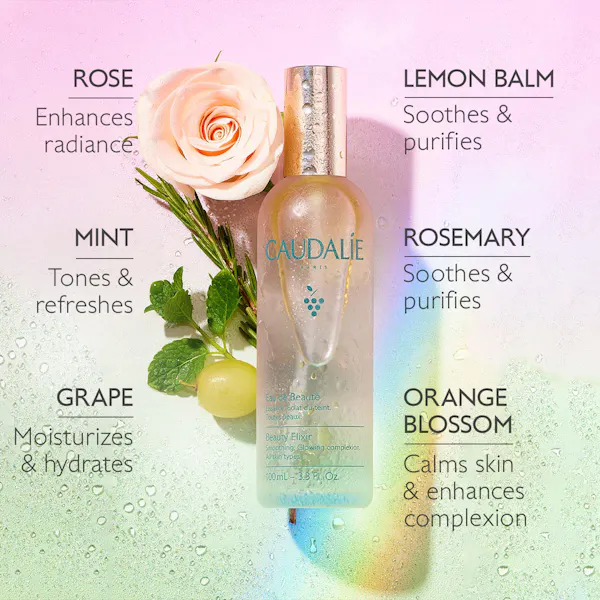 It’s the Yashica T4s and the Leica R8s that capture New York based photographer Ryan Mcginley’s vision – or dream – and snaps it into reality. It’s his subjects like the late Dash Snow and supermodel Kate Moss that are compelling in front of the lens, offering up their life story in a matter of a quick shutter speed. And it’s about the documentation of a Manhattan youth subculture, one filled with graffiti, sex, drugs, parties, and skateboards that resonates with people, even after moving away from spontaneity to purpose.
It’s the Yashica T4s and the Leica R8s that capture New York based photographer Ryan Mcginley’s vision – or dream – and snaps it into reality. It’s his subjects like the late Dash Snow and supermodel Kate Moss that are compelling in front of the lens, offering up their life story in a matter of a quick shutter speed. And it’s about the documentation of a Manhattan youth subculture, one filled with graffiti, sex, drugs, parties, and skateboards that resonates with people, even after moving away from spontaneity to purpose.
His style is about finding reality in fantasy, choosing action over still life (at least in his earlier work), and fusing nature with nudity that fosters innocence rather than pornography. It’s a beautiful story with a beautiful thought, how we, as humans can shed everything and be free. Different from other art forms, photography brings to life a place in time forgotten by the viewer, the subject, and the creator, capturing a memory and opening up a subconscious opportunity to never forget and remember forever. McGinley is inspired by the “world that does not exist, yet it’s made to look very real.” Truth. Even though the photographs document real life, like road trips, bar hangouts, and sex, they elude to an escape from reality, as if this is all made to look like his real experiences, however staged or pre-planned.

 Mcginley is recently more focused on highlighting studio portraiture (Yearbook) and fashion films for Edun, but it’s hard to forget the photographs that conjure up a sense of nostalgia for youthful freedom and carefree mentality documented in his early work. It’s photographs like Jack (2005), Tree #3 (2003), and Coley (2007), which show off his naked subjects alive in nature running circles in his world, and with whom we owe all of our adoration. And it’s the photos of Dash Snow from the early 2000s, bombing walls in what appears to be heaven and doing drugs in dirty bathroom stalls, that make outsiders either wish they were a part of it all or they open up a floodgate of memories with similar tales. Let’s just take a moment and picture Moonmilk (2009), a series of film filled with stalagmites and stalactites, developed in iridescent hues of multicoloured rainbows. Sometimes the photos don’t seem real. How does one end up in a dark cave with a few naked human beings and photograph an entire adventure so poetically, that the colours replicate the feelings you feel when you look at the outcome? The colours – that’s something that never gets old. No matter what, there is always feelings and daydreams. No matter what, there are always stories to be told.
Mcginley is recently more focused on highlighting studio portraiture (Yearbook) and fashion films for Edun, but it’s hard to forget the photographs that conjure up a sense of nostalgia for youthful freedom and carefree mentality documented in his early work. It’s photographs like Jack (2005), Tree #3 (2003), and Coley (2007), which show off his naked subjects alive in nature running circles in his world, and with whom we owe all of our adoration. And it’s the photos of Dash Snow from the early 2000s, bombing walls in what appears to be heaven and doing drugs in dirty bathroom stalls, that make outsiders either wish they were a part of it all or they open up a floodgate of memories with similar tales. Let’s just take a moment and picture Moonmilk (2009), a series of film filled with stalagmites and stalactites, developed in iridescent hues of multicoloured rainbows. Sometimes the photos don’t seem real. How does one end up in a dark cave with a few naked human beings and photograph an entire adventure so poetically, that the colours replicate the feelings you feel when you look at the outcome? The colours – that’s something that never gets old. No matter what, there is always feelings and daydreams. No matter what, there are always stories to be told.



